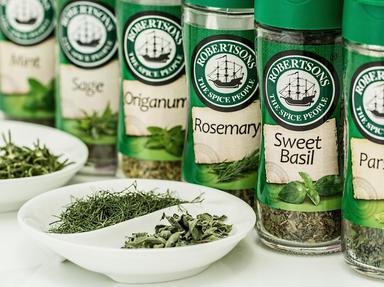Quiz Answer Key and Fun Facts
1. This herb, often administered to alleviate depression, can be recognized by the red oil in its petals that can stain skin and clothes.
2. Nepeta cataria is a relative of the mint family, as you can tell from its square stem and paired leaves. It can be made into a calming tea, but it's far more often used for a different purpose. Its common name is...?
3. Despite its prickly hairs, this tall dark blue and pink flowered plant can be made into soup, and its juices are soothing to skin injuries.
4. This tall biennial blooms with crowns of white flowers that give off a strong, almost sickly sweet smell. Its stems can be candied.
5. With its dramatic purple-and-yellow colour scheme, this tall, drought-resistant flower is a favourite with gardeners who want to create a dramatic midsummer garden, but it also has beneficial effects on the human immune system.
6. This pungent plant blooms late in the summer and is easily recognized by its fernlike leaves and yellow, buttonlike flowers. It's a prolific wildflower that is only occasionally seen in gardens, despite its attractiveness.
7. This fragrant, creeping, woody herb comes in many variations. It's particularly useful to beekeepers, since bees love it and it produces great-tasting honey.
8. A biennial with clusters of cone-shaped yellow flowers, it enjoys sun and sand.
9. Don't try this at home, folks! Digitalis, a powerful heart stimulant, is produced by this plant, with its showy tower of clustered bells, but it's extremely poisonous and shouldn't be handled by anyone except a trained professional.
10. This is another plant with clusters of bell-shaped flowers. It's also well-loved by bees, and its powerful taproots pack its leaves with so many nutrients that gardeners use them as fertilizer.
Source: Author
SBH
This quiz was reviewed by FunTrivia editor
Bruyere before going online.
Any errors found in FunTrivia content are routinely corrected through our feedback system.

